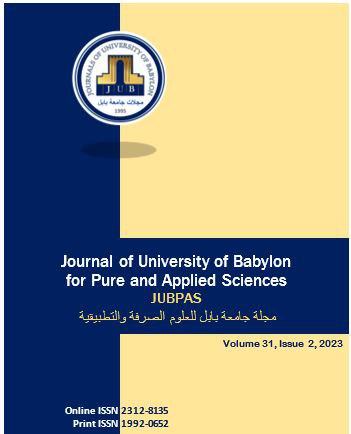Study About Processes used to Synthesis ZnO NPS and Some Of its Characterization
Main Article Content
Abstract
Background:
It has been published on the physicochemical processes used to create zinc nanoparticles (ZnO NPs), as well as some in-depth investigations on the biokinetics and mechanism of ZnO toxicity. Nevertheless, some of these physical and chemical methods of production are pricey and might potentially absorb harmful chemicals. Therefore, new research is dominated by environmentally friendly nanoparticle synthesis because of their simpler procedure, cheaper availability, and excellent stability. Particularly, the production of ZnO NPs via important biological systems like bacteria, fungi, and plant extracts has stimulated research in a variety of biological applications. In this study, we have discussed several natural source-mediated syntheses of ZnO NPs and their functions in biological processes like photocatalysis, cytotoxicity, antibacterial, anticandidal, larvicidal, and anticandidal activity.
Conclusion:
ZnO has been the subject of extensive research for several decades in order to better understand its properties and methods of preparation, which include chemical, physical, biological, and other approaches. Each approach has advantages over the others, such as the ability to control the type and degree of purity, as well as the nature and roughness of the surface.
Consequently, it requires special consideration from the scientific community. Investigate this low-cost, time, material, and cost approach for producing ZnO NPs that is environmentally benign, non-toxic, and commercially viable.
Article Details
Section

This work is licensed under a Creative Commons Attribution 4.0 International License.
